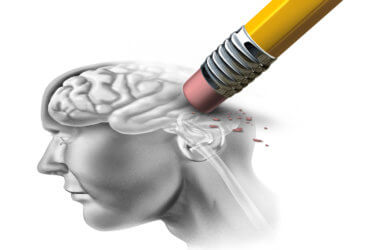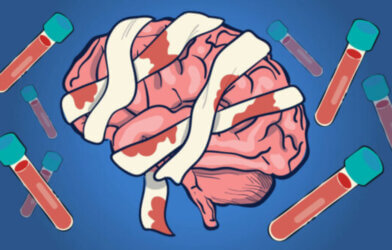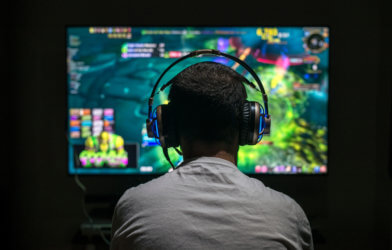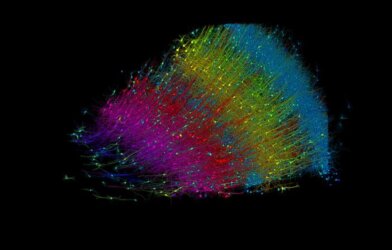Parents and teachers alike understand the value of incorporating plenty of visual aids into the learning experience. From morning routines to higher ed, this instructional tool has always been widely accepted; visuals help learners. Though research-based methods have long supported the use of visuals, it has, until now, not been proven exactly why this strategy is so successful.
A study out of The University of Texas Health Science Center at San Antonio (UT Health San Antonio) reports that norepinephrine, a fundamental chemical for brain performance, could be the reason that visuals are so important for attention.
Norepinephrine is a naturally occurring chemical in the brain. It acts as a stress hormone and a neurotransmitter, a substance that sends signals between nerve cells. The release of norepinephrine is necessary in order to trigger the brain to pay attention, and is locally regulated in a region of the brain called the visual cortex.
“Before our study, research suggested the possibility of local regulation of norepinephrine release, but it had never been directly demonstrated,” said study senior author Martin Paukert, MD, assistant professor of cellular and integrative physiology at UT Health San Antonio in a press release. “A certain amount of this chemical needs to be released for optimum brain performance and ability to pay attention. So, if there is either too much of it or too little of it, it may affect how we process information.”
Norepinephrine increases alertness, and speeds up reaction time. It has also been known to play a role in a person’s mood and ability to concentrate. Bursts of norepinephrine have been connected to euphoria, or even hyperactivity. Low levels can result in lethargy, inability to concentrate, or even depression. Connections are made between abnormal levels of norepinephrine and ADHD, Alzheimers, PTSD, and even substance abuse disorders.
“When a person makes a movement, such as turning the head to listen to a parent, and that is combined with visual stimulation, then more norepinephrine is released where visual information is processed,” Dr. Paukert said. “Our second finding, also important, is that astrocytes can reliably detect the rate of norepinephrine release.” Astrocytes are a type of cell located within the brain. If they detect too much or too little norepinephrine, they are able to respond to the amount, and change reactions within the brain if necessary.
Understanding the release of norepinephrine could also alter scientists’ understanding of the importance of sensory input when paying attention. More so than knowing what works for our brains, but understanding why and how it works, allows us to apply more useful strategies for attention and comprehension. Now we all have a scientific reason to tell our kids, “look at me when I’m talking to you.”
This study is published in Science Advances and authored by Shawn R. Gray, Liang Ye, Jing Yong Ye and Martin Paukert.
Article by Rhonda Errabelli












